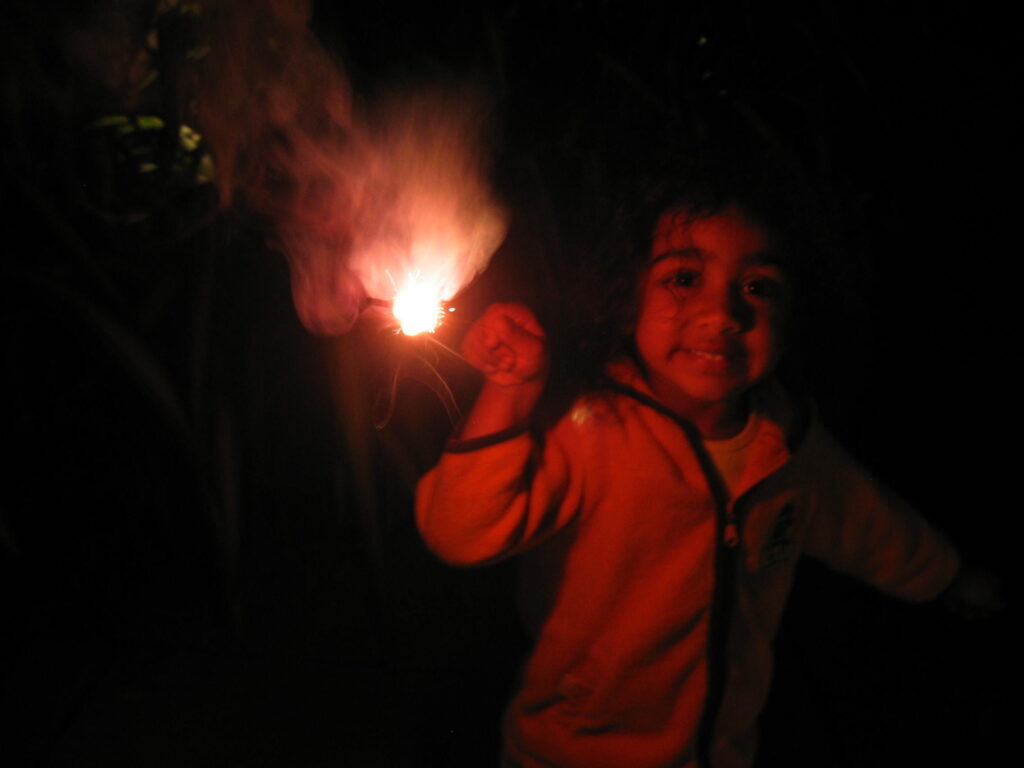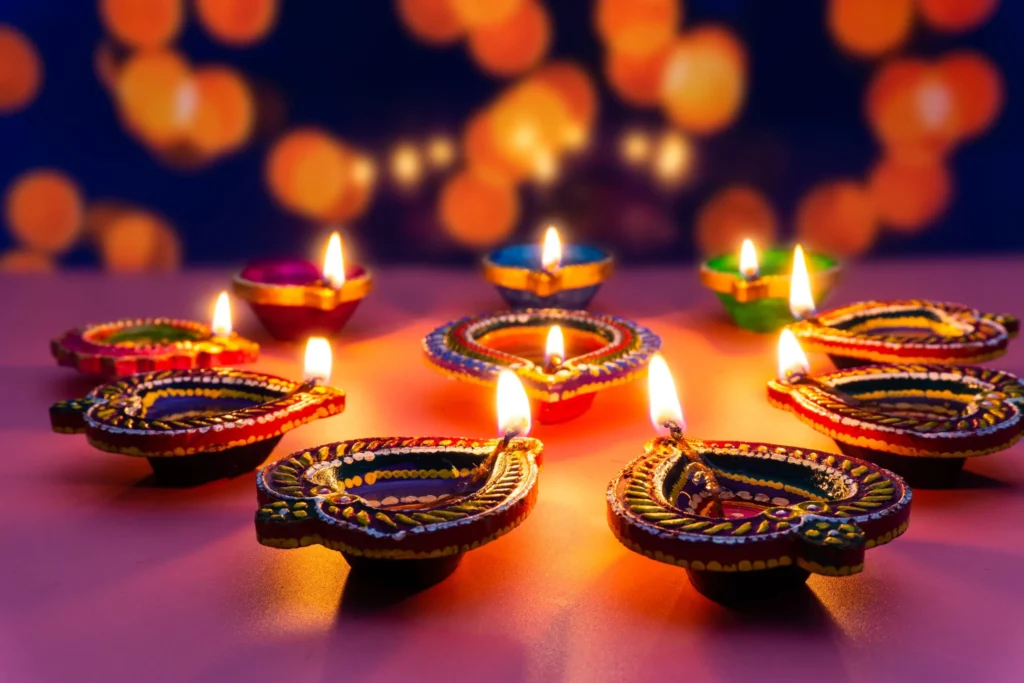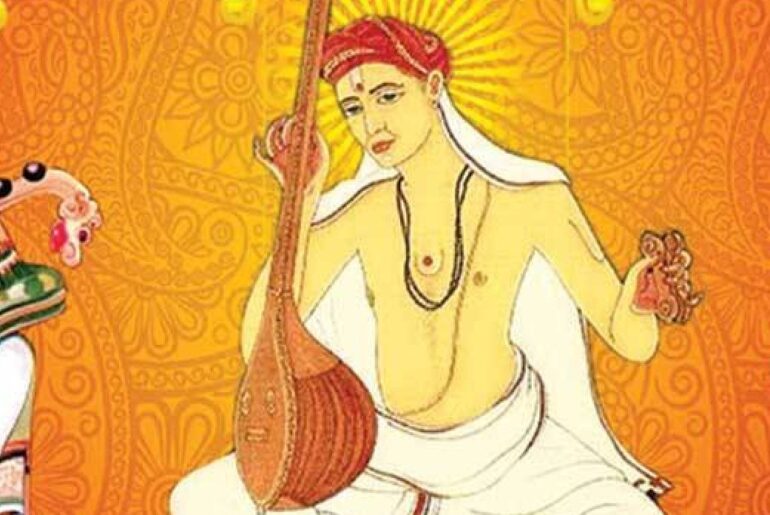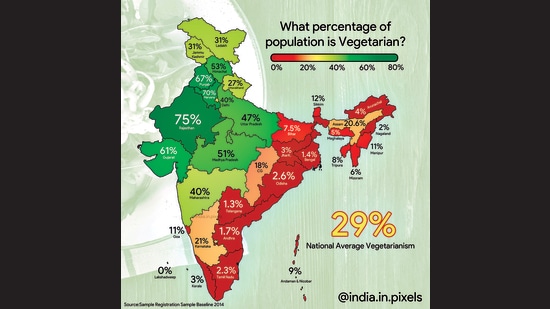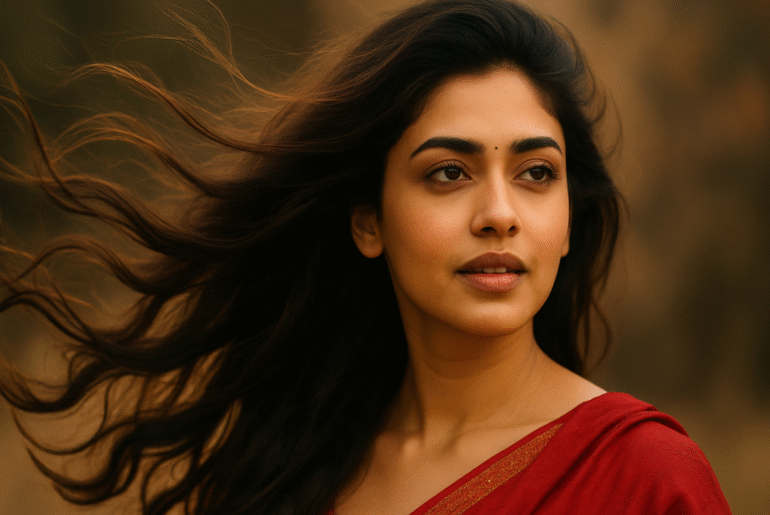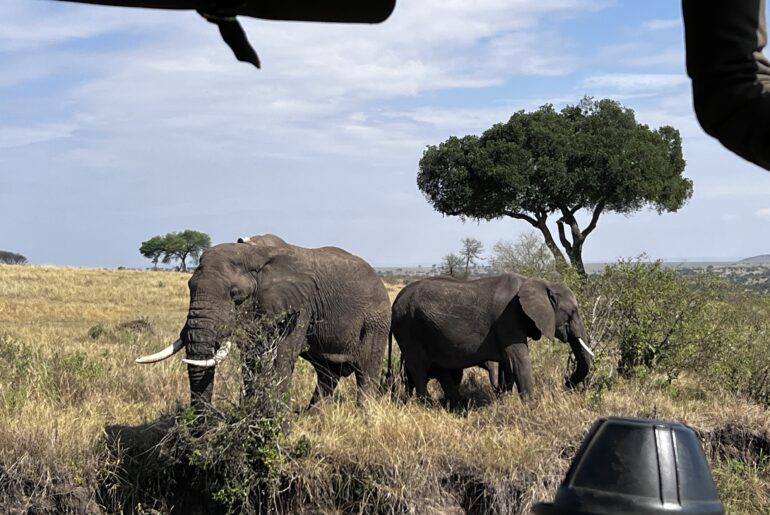Today is Diwali, or Deepavali as we called it in Southern India where I grew up. (To learn more about its cultural significance, check out wikipedia, here.)
Growing up in Bangalore, Diwali was one of the highlights of the year—sort of like Christmas is in the western world. It was particularly important in our home as it was the once-a-year event when my father would invite the entire first year master’s class in the Aerospace department home. Along with any colleague of his visiting India. (And, yes, the poor 2nd years weren’t invited! The assumption was that they had settled down on campus, had made friends, and were self-sufficient in their 2nd year. His own lab colleagues and PhD students were always invited along with their spouses and kids.)
My parents would go all out, anchoring an evening of great food (no Indian event is complete without good food!), what seemed like an endless stream of fireworks, music, and conversation. Preparations would start in earnest a week or two in advance. As kids, we’d hang out with my father, go to the stores to find the most interesting fireworks, and bring them home and spread them in my brother’s bedroom to dry and be ready for the big day. My mother would be busy overseeing the preparation of the food.
To this day, everyone of father’s students unfailingly recalls their Diwali experience in our house. From what I can tell, it was certainly one of the highlights of their time at IISc.
This morning, Surekha and I were at the Cost Plus Whole Market in Mountain View, Ca (where Google and Drishti are headquartered). We noticed a number of diyas at the front of the store. And, some Indian sweets and snacks as well. “Slick marketing” we said to ourselves as we walked in. But, what struck us was the teller cheerfully wishing us “Happy Diwali!” as we were leaving the store. Needless to say, the lady was Caucasian.
I think back to graduate school, to the annual Diwali function in the International Center. To when a small team of volunteers would spend Friday evening and all day Saturday cooking a pretty intricate meal for about 200 people. And, we would have a ton of fun. But, the celebrations were primarily an all Indian affair. The odd Caucasian in attendance would either be a lab mate, dorm mate, or a significant other of one of the volunteers. The event was largely lost to the rest of the campus. In direct contrast, the Stanford Diwali event is a big deal today, hosted in White Plaza with free food and entertainment for every curious Stanford student. Needless to say, its wonderful that Pooja even gets to sing on stage!
Both these experiences show that America has come a long ways.
——
Here are a few pictures of Chirag and Pooja celebrating Diwali in our backyard back in 2005.

